The greenhouse effect is a natural phenomenon whereby heat-trapping gases in the atmosphere, primarily water vapor, keep the Earth’s surface warm. Human activities, primarily burning fossil fuels and changing land cover patterns, are increasing the concentrations of some of these gases, amplifying the natural greenhouse effect.
Click on image for full size
Source: Modified from the Marian Koshland Science Museum of the National Academy of Sciences’ “Global Warming: Facts & Our Future” 2004
Climate Literacy - Essential Principle 1
The Sun is the primary source of energy for Earth's climate system.
Fundamental Concept 1a.
Sunlight reaching the Earth can heat the land, ocean, and atmosphere. Some of that sunlight is reflected back to space by the surface, clouds, or ice. Much of the sunlight that reaches Earth is absorbed and warms the planet.
Fundamental Concept 1b.
When Earth emits the same amount of energy as it absorbs, its energy budget is in balance, and its average temperature remains stable.
Fundamental Concept 1c.
The tilt of Earth’s axis relative to its orbit around the Sun results in predictable changes in the duration of daylight and the amount of sunlight received at any latitude throughout a year. These changes cause the annual cycle of seasons and associated temperature changes.
Fundamental Concept 1d.
Gradual changes in Earth’s rotation and orbit around the Sun change the intensity of sunlight received in our planet’s polar and equatorial regions. For at least the last 1 million years, these changes occurred in 100,000-year cycles that produced ice ages and the shorter warm periods between them.
Fundamental Concept 1e.
A significant increase or decrease in the Sun’s energy output would cause Earth to warm or cool. Satellite measurements taken over the past 30 years show that the Sun’s energy output has changed only slightly and in both directions. These changes in the Sun’s energy are thought to be too small to be the cause of the recent warming observed on Earth.
You might also be interested in:
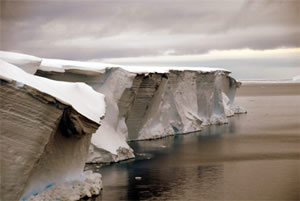
The cryosphere includes the parts of the Earth system where water is in its frozen (solid) form. This includes snow, sea ice, icebergs, ice shelves, glaciers, ice sheets, and permafrost soils. Approximately
...more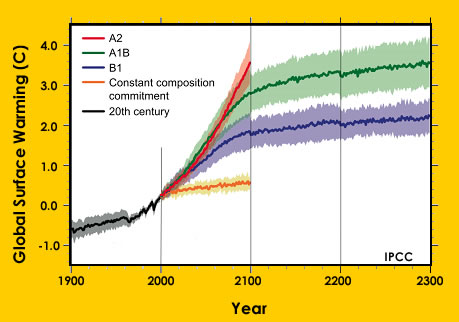
Earth’s climate is warming. During the 20th Century Earth’s average temperature rose 0.6° Celsius (1.1°F). Scientists are finding that the change in temperature has been causing other aspects of our planet
...more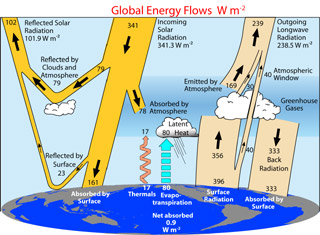
Sunlight streams into Earth's atmosphere from space. Some is reflected away by clouds and snow-covered landscapes. Light that makes it to the ground is absorbed and heats Earth's surface and oceans. The
...more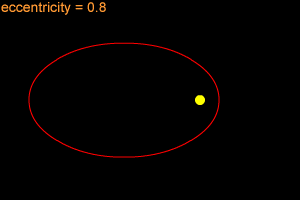
When one object is in orbit around another object, the orbit is usually an elliptical orbit. For example, all of the planets in our Solar System move around the Sun in elliptical orbits. An ellipse is
...more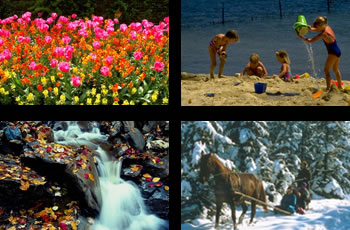
Let's get rid of some common misconceptions about the seasons. The Earth's orbit is in the shape of an ellipse, so that sometimes the Earth is a little bit closer to the Sun than at other times. Is this
...more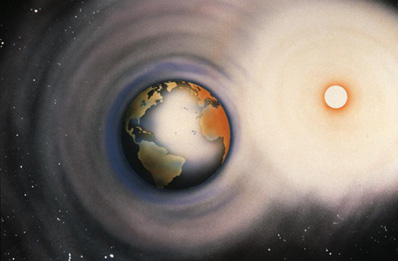
Is it possible that the "solar constant" isn't so constant after all? For more than 100 years, scientists have wondered if cycles on the Sun and changes of the solar irradiance or energy received at Earth
...more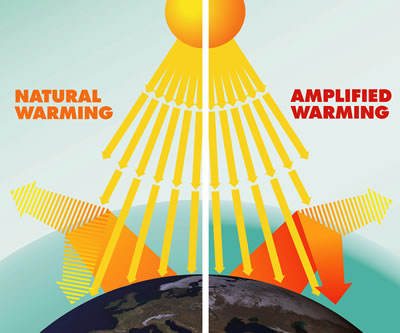
Essential Principles and Fundamental Concepts of Climate Science Earth’s climate offers just the right conditions for life to thrive. Climate is the average weather over a long period of time — at least
...more














